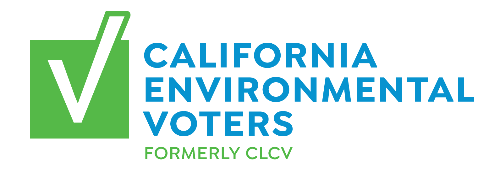 | Friend, In an effort to save the planet, we as a society have been overlooking the systemic effects on marginalized communities, a phenomenon known as environmental racism. While the fight for environmental justice has been going on for centuries, a national movement did not start in earnest in the United States until 1982. The state of North Carolina was deciding where to put a hazardous waste landfill and they picked a small, mostly Black community. The NAACP and other groups organized a massive protest. More than 500 people were arrested. One of those people was Benjamin F. Chavis, Jr. As the story goes, he cried out, “this is environmental racism!” as he was being arrested, thereby coining the term. Chavis, a civil rights leader and former executive director of the NAACP, described environmental racism as “the systematic exclusion of minorities in environmental policy making, enforcement, and remediation” and “racial discrimination in the deliberated targeting of ethnic and minority communities.” There are two notable movements working to solve environmental racism and its impacts on historically excluded and divested communities: the environmental justice and climate justice movement. Watch our video to learn more about the two movements! |
| | A decade later, the first National People of Color Environmental Leadership Summit was held in Washington, D.C. The delegates drafted and adopted 17 principles of environmental justice. One of their goals was to redefine the word “environment.” Instead of an image of pristine wilderness, they reconceived the word to also encompass everything from housing to transportation to toxic pollution. Because our environment is not just a national park or the ocean, friend — it’s where we live, where we work, the air we breathe, and the water we drink. We see the impact of environmental racism all over the United States today, from water contamination in Flint, Michigan to air pollution in the San Joaquin Valley to dangerous pipelines on Indigenous lands like the Line 3 pipeline in Minnesota or the Dakota Access Pipeline. Currently, because of COVID-19 especially, combating environmental racism runs the risk of falling down the list of policy priorities. So what do we do about this? We reframe the narrative — by uplifting, centering, and prioritizing BIPOC (Black, Indigenous, and people of color) voices and changing our aims from just stopping the climate crisis to achieving climate justice and environmental justice. Watch our video to learn more about environmental and climate justice, and how you can be an ally in the fight. |
| | Thanks for being in the fight with us. - California Environmental Voters
(formerly California League of Conservation Voters) |
| | | | California Environmental Voters (formerly CLCV)
350 Frank H. Ogawa Plaza #1100 | Oakland, California 94612
+15102710900 | [email protected] |
| California Environmental Voters (EnviroVoters), formerly California League of Conservation Voters, exists to build the political power to solve the climate crisis, advance justice, and create a roadmap for global action. To protect our air, land, water, and future, we organize voters, elect and train candidates, and hold lawmakers accountable for bold policy change. Our vision is to solve the climate crisis, build resilient, connected, healthy communities, and create a democracy and economy that is just and sustainable for all. |
|
|
|